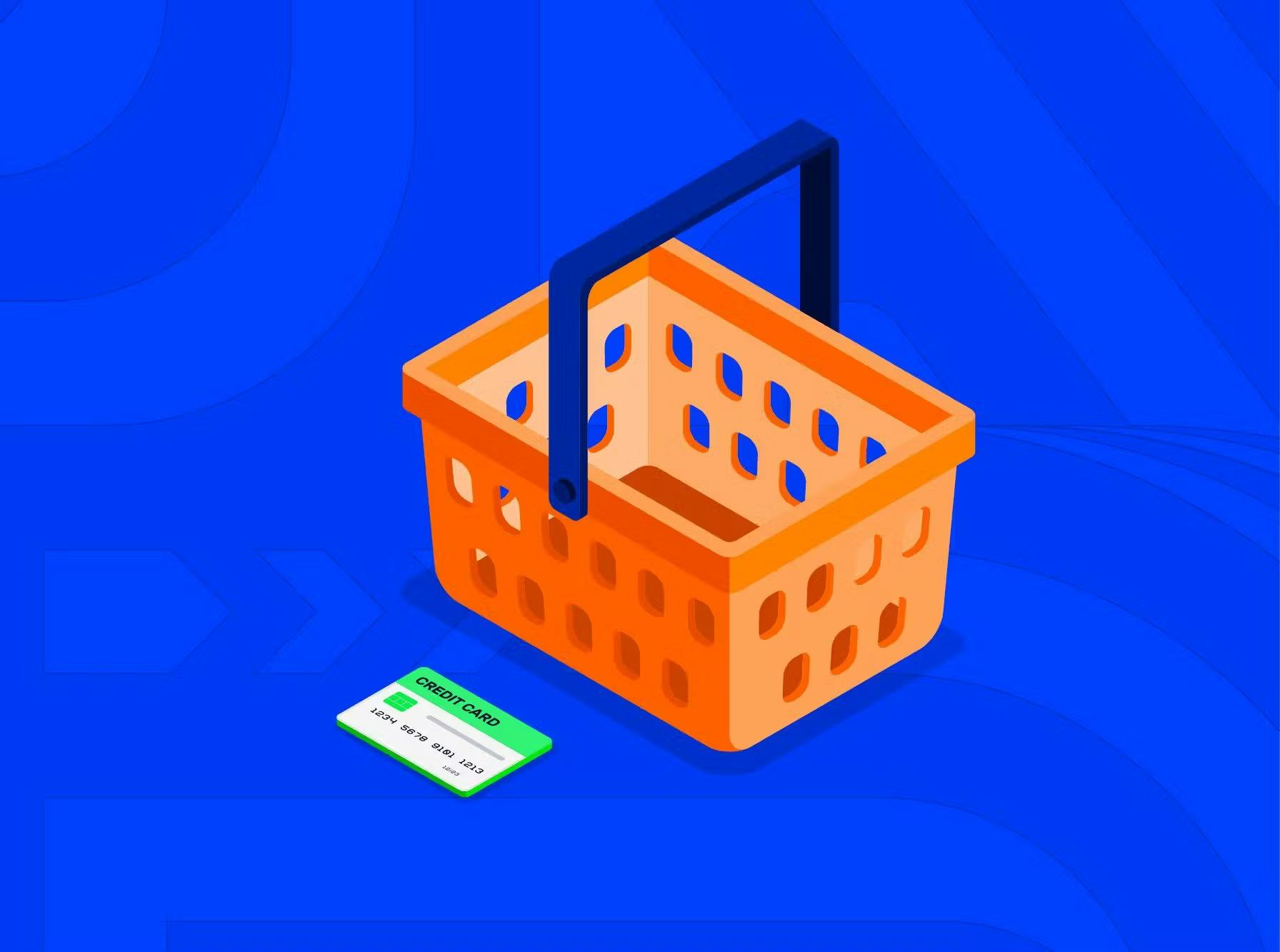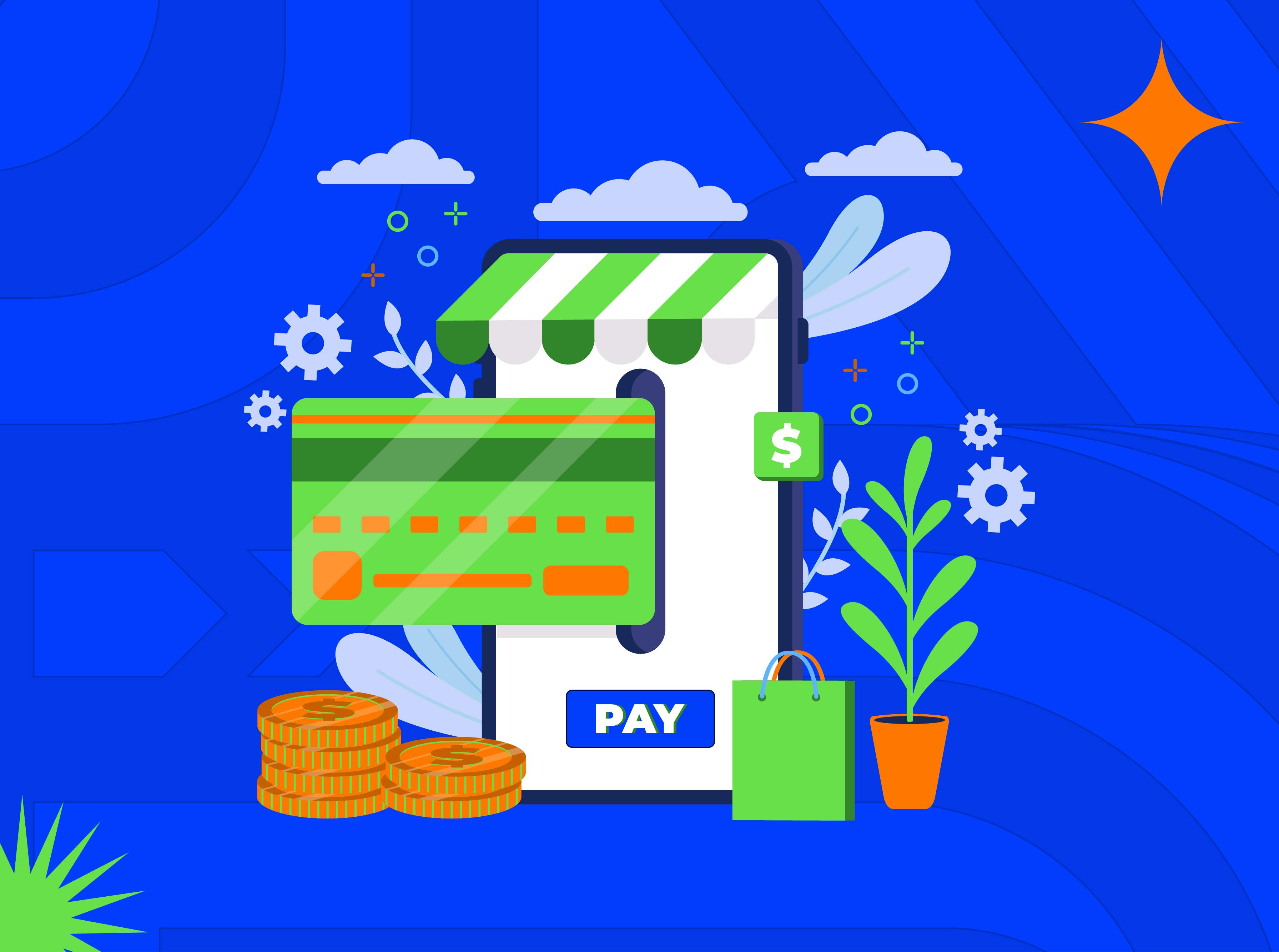The recurring payment model has clearly been successfully adapted to various business niches. Analyzing this strategy's impact on consumers and businesses worldwide, several key trends can be identified for the future.
Growing popularity of B2B subscription services
Traditionally, B2C (business-to-consumer) platforms have adapted the subscription model. However, we expect to see growth in B2B subscriptions in the future. This technology provides companies with new tools and resources.
Among the services for which companies can make regular payments are:
- software
- cloud computing;
- marketing automation.
This trend will allow companies in various niches to scale and optimize their operations effectively.
Strategy for successful entry into international markets
International expansion has long been one of the key elements of a successful business. Companies are increasingly entering new markets to expand their audience and, subsequently, their profits.
In the future, we expect the subscription model to become one of the main tools for global reach. Companies will increasingly use this strategy to overcome the challenges of cross-border operations.
Innovative technologies
The subscription model will increasingly implement emerging technologies such as AI, machine learning, and data analytics. These innovations will make it easier to customize payment schedules, collect payment data more efficiently, and more.



 Most Popular Payment Methods in the World: Analysis by Markets
Most Popular Payment Methods in the World: Analysis by Markets How to Increase Conversions in an Online Store with a Checkout Page
How to Increase Conversions in an Online Store with a Checkout Page How Tranzzo Simplified the Payment Process for Tickets.ua
How Tranzzo Simplified the Payment Process for Tickets.ua Integrating Multiple Payment Methods: Challenges and Solutions
Integrating Multiple Payment Methods: Challenges and Solutions Abandoned Shopping Carts: Why Businesses Lose Revenue and How to Increase the Number of Successful Payments
Abandoned Shopping Carts: Why Businesses Lose Revenue and How to Increase the Number of Successful Payments

